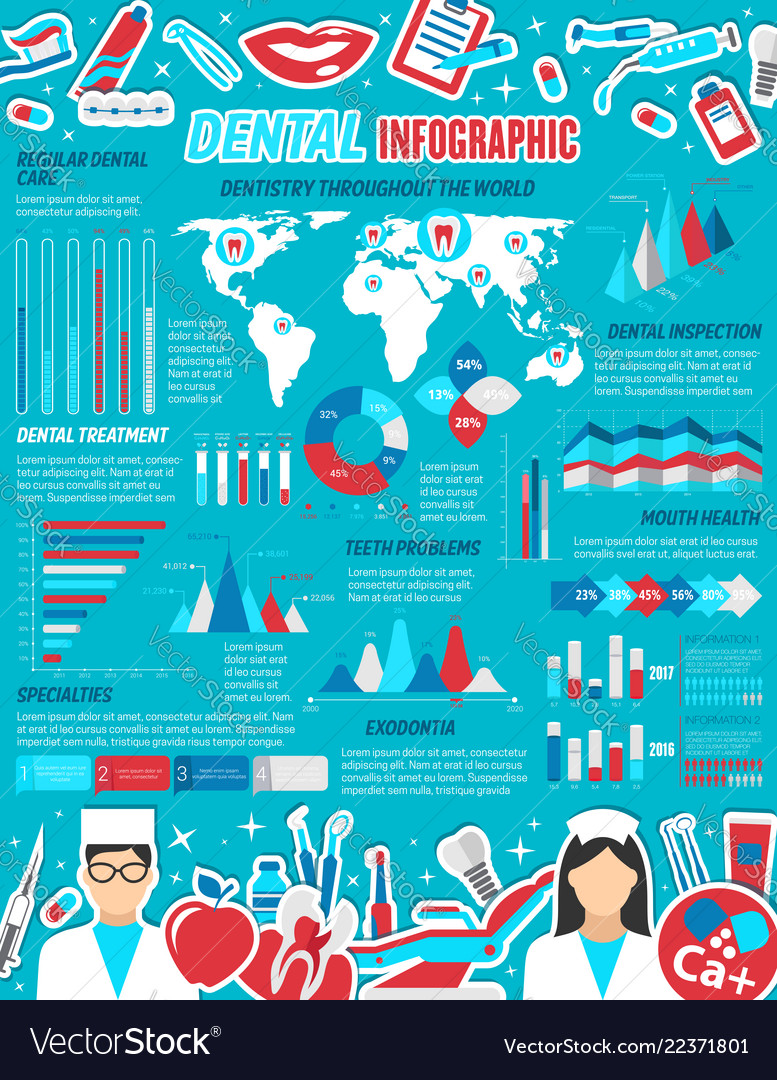Keep Got Ready For Unexpected Oral Emergencies By Acknowledging The Indicators Of Injury And Understanding When It Is Necessary To Seek Immediate Treatment
Keep Got Ready For Unexpected Oral Emergencies By Acknowledging The Indicators Of Injury And Understanding When It Is Necessary To Seek Immediate Treatment
Blog Article
Personnel Author-Kang Walls
If you really feel a sudden shock of pain or see a tooth injury, it can be upsetting. But just how do you determine if it's an oral emergency situation that calls for instant focus? Comprehending the essential indications and recognizing when to look for aid can make all the difference in protecting your oral health. Recognizing when to act quickly might mean the difference in between a quick fix and more substantial treatment.
Common Types of Dental Trauma
What're the usual sorts of oral trauma that you should be aware of?
Crashes can happen, bring about various types of oral injuries. One common type of dental injury is a cracked tooth. This can take place from attacking down on something hard or experiencing a strike to the face.
https://www.kens5.com/article/entertainment/television/great-day-sa/smile-bigger-with-the-help-from-dental-implants-great-day-sa/273-2ee6746f-328b-440c-93f7-3dafaa2cd6a8 is a broken tooth, where a part of the tooth can chip off. Furthermore, you might experience a knocked-out tooth, which can happen during sports or falls. It's vital to deal with the tooth carefully and seek immediate oral focus.
Oral injury can also include a tooth that has been pushed out of position or loosened up as a result of an injury. see this website of injury requires timely treatment to conserve the tooth.
Finally, soft tissue injuries in the mouth, such as cuts, can additionally occur from mishaps. Knowing about these usual types of dental trauma can assist you act quickly and appropriately in case of an emergency.
Signs of Oral Emergencies
Recognizing the indications of oral emergencies is crucial for timely action and appropriate treatment. If you experience severe tooth pain that's constant and throbbing, it can indicate a hidden concern that needs immediate interest.
Swelling in the gums, face, or jaw can also signify an oral emergency situation, especially if it's accompanied by discomfort or high temperature. Any type of injury to the mouth resulting in a fractured, damaged, or knocked-out tooth needs to be dealt with as an emergency situation to avoid additional damages and prospective infection.
Bleeding from the mouth that doesn't stop after using stress for a few minutes is an additional red flag that you should look for emergency dental treatment. In addition, if you observe any type of indicators of infection such as pus, a foul preference in your mouth, or a fever, it's important to see a dentist immediately.
Disregarding these signs can bring about more serious issues, so it's important to act promptly when confronted with a prospective dental emergency situation.
Importance of Immediate Therapy
Prompt action and prompt therapy are critical in resolving oral emergency situations to stop further issues and make sure optimum end results for your dental health.
When faced with a dental emergency situation, such as a knocked-out tooth or severe tooth pain, seeking immediate therapy can make a substantial difference in conserving your tooth and relieving discomfort. Postponing therapy can lead to infection, boosted pain, and even long-term damages to your teeth and gum tissues.
By looking for emergency situation dental treatment promptly, you increase the possibilities of effective therapy and repair. Dental practitioners have the required skills and tools to attend to emergencies properly, reducing the threat of long-term repercussions.
In addition, prompt therapy can help handle discomfort and discomfort, enabling you to resume your day-to-day tasks without distraction.
Conclusion
To conclude, recognizing oral trauma and recognizing when to look for emergency treatment is crucial for maintaining oral health and wellness.
By identifying common types of dental injuries and the indications of oral emergencies, you can make sure punctual like avoid more damage and problems.
Keep in mind, seeking immediate treatment can save teeth, minimize pain, and enhance the possibilities of effective recovery.
Do not wait to look for help from an oral specialist if you experience any signs of oral injury.
